[caption id="attachment_15948" align="aligncenter" width="630"]

Children make cookies for the Holiday Kids Party[/caption]
The month of December is a special time at the Folk School. Events, parties, food, themed classes, concerts, dances and performances unite the community in the holiday spirit. When the wreaths, garlands, and handcrafted ornaments appear in early December, we know the magic of the season has arrived. Recently, I connected with Nanette Davidson, our longtime decorating maven and mastermind, to ask about holiday traditions at the Folk School. Enjoy our interview!
[caption id="attachment_15944" align="alignright" width="228"]
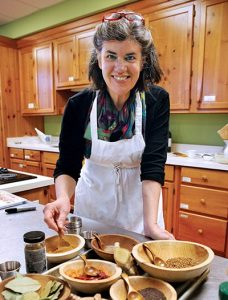
Nanette in the Cooking Studio[/caption]
CP: When does the holiday season begin for you?
ND: Well, I think about this off and on through out the year, planning simple projects for the winter holiday season and for spring's May Day and June's Auction Gala sometimes many months in advance. I have asked for help from other artists and dancers in the community to generate handmade decorations including giant puppets for parades. Jan and I love the seasonal celebrations that come from many rural, agricultural communities. When you live in the Appalachian countryside where there are distinct perennial landscapes, it's easy to celebrate the beauty of the changing seasons.
CP: What is your favorite Folk School December holiday tradition?
ND: We have so many great parties in December for the local community as well as our students who come in for a week. In the original days of the JCCFS, the student body was closely tied to the community and seasonal events were held to pull everyone together. We still want to include our local community and they are present here at weekly dances and concerts. We have the Old Folks Party, Christmas Dance/Dessert Potluck, New Year's Eve Dance, and the Children's Party when Santa arrives in the BFD Firetruck, sirens wailing. I have always helped with the Children's Party which includes crafts, musical chairs, storytelling, Morris performance, homemade cookies, and live music and dance for the kids. Even though we are an adult school we reach out to our local kids at Christmas and in the summer. More and more show up on the dance floor now. Every child that has a great folk school experience can help us preserve the school for the future.
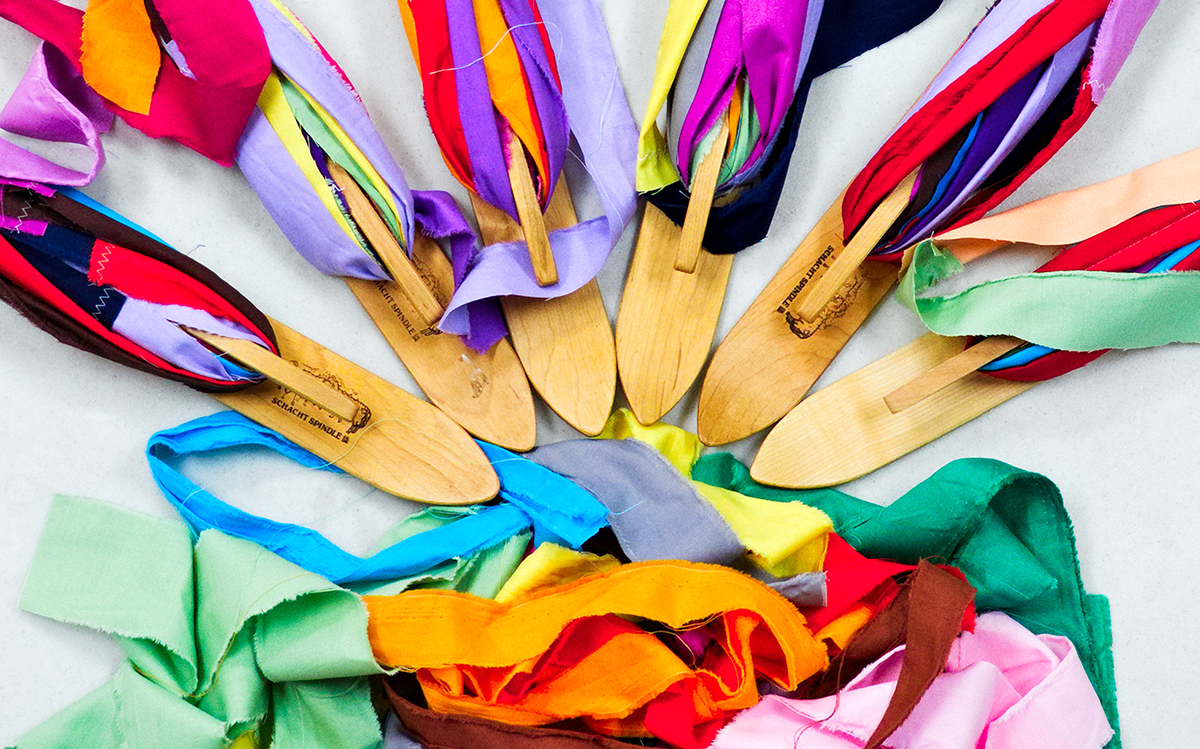 Weavers' Work Week is an annual tradition at the Folk School where skilled weavers are invited to come for a week and volunteer their time to do projects around campus and make improvements in the studio. Let's learn more about the week from Pam Howard, longtime Weaving Resident Artist.
[caption id="attachment_18687" align="alignright" width="246"]
Weavers' Work Week is an annual tradition at the Folk School where skilled weavers are invited to come for a week and volunteer their time to do projects around campus and make improvements in the studio. Let's learn more about the week from Pam Howard, longtime Weaving Resident Artist.
[caption id="attachment_18687" align="alignright" width="246"]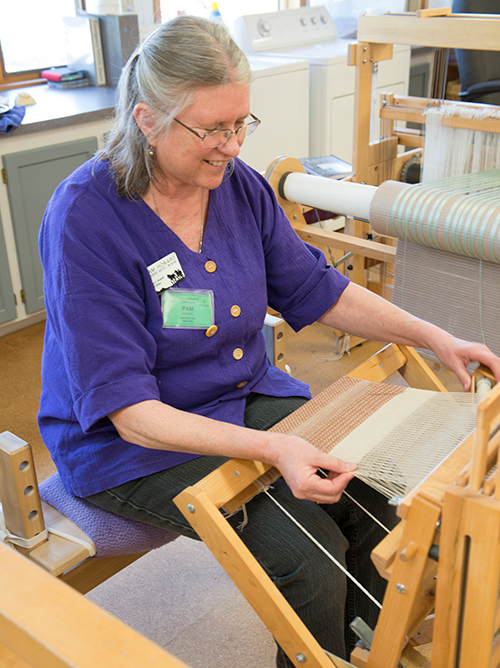 Pam Howard at the loom[/caption]
CP: What is Weavers' Work Week, and how did it start?
PH: The idea for Weavers' Work Week started in 1992. A weaving teacher, Betty Hancock Smith and her weaving student, Dee Richard were talking about how hard it was sitting all week on the loom benches. Those two got to talking about what if weavers were invited to come to the school and weave fabric to make the cushions. They asked Jan Davidson, former director and Ruth Truett, former programs director. It was approved, and in the spring of 1993 the first Weavers' Work Week happened.
I was assisting Betty in her weaving class in 1992, and I was the first weaver that was asked to participate. I have been to every one since. From 1993 to 2000, Betty was in charge of organizing the yearly event. In 2000, I became the Resident Weaver and took it over organizing it. Things went on fairly smoothly till 2008 when I had health issues and inherited relatives I had to take care of. After the dust settled and things had calmed down in my life, I thought it was time to restart the tradition of WWW. So, on February 4, 2015 I sent a letter to the “powers that be” and got Weavers' Work Week back on the schedule.
Pam Howard at the loom[/caption]
CP: What is Weavers' Work Week, and how did it start?
PH: The idea for Weavers' Work Week started in 1992. A weaving teacher, Betty Hancock Smith and her weaving student, Dee Richard were talking about how hard it was sitting all week on the loom benches. Those two got to talking about what if weavers were invited to come to the school and weave fabric to make the cushions. They asked Jan Davidson, former director and Ruth Truett, former programs director. It was approved, and in the spring of 1993 the first Weavers' Work Week happened.
I was assisting Betty in her weaving class in 1992, and I was the first weaver that was asked to participate. I have been to every one since. From 1993 to 2000, Betty was in charge of organizing the yearly event. In 2000, I became the Resident Weaver and took it over organizing it. Things went on fairly smoothly till 2008 when I had health issues and inherited relatives I had to take care of. After the dust settled and things had calmed down in my life, I thought it was time to restart the tradition of WWW. So, on February 4, 2015 I sent a letter to the “powers that be” and got Weavers' Work Week back on the schedule.




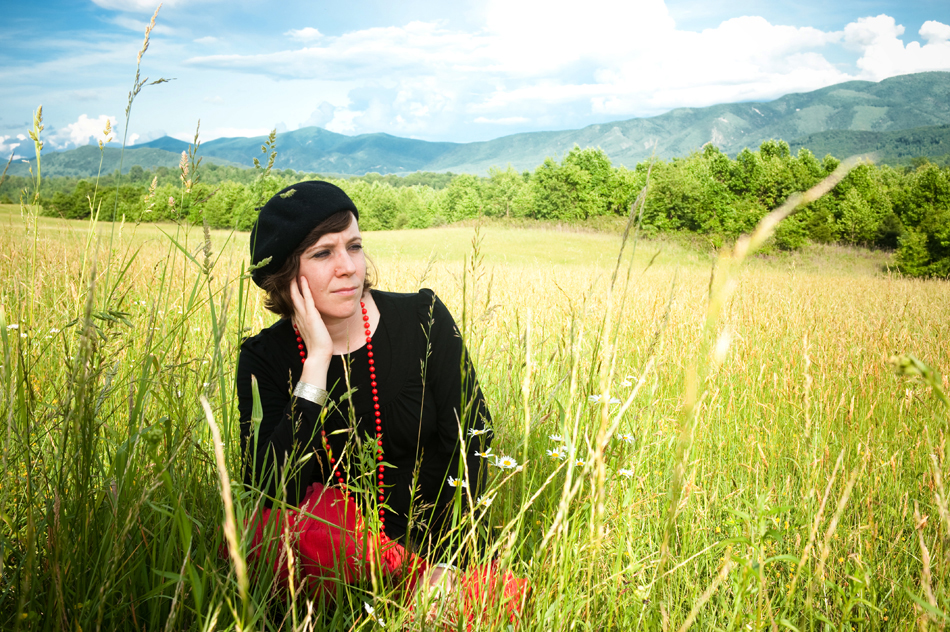
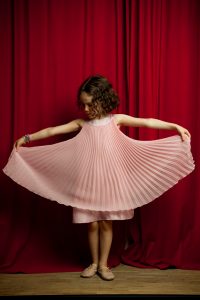
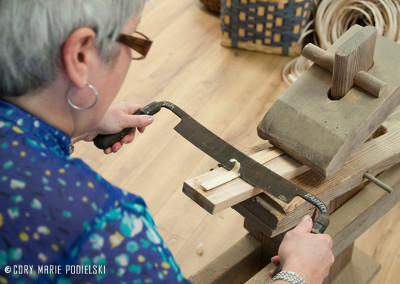
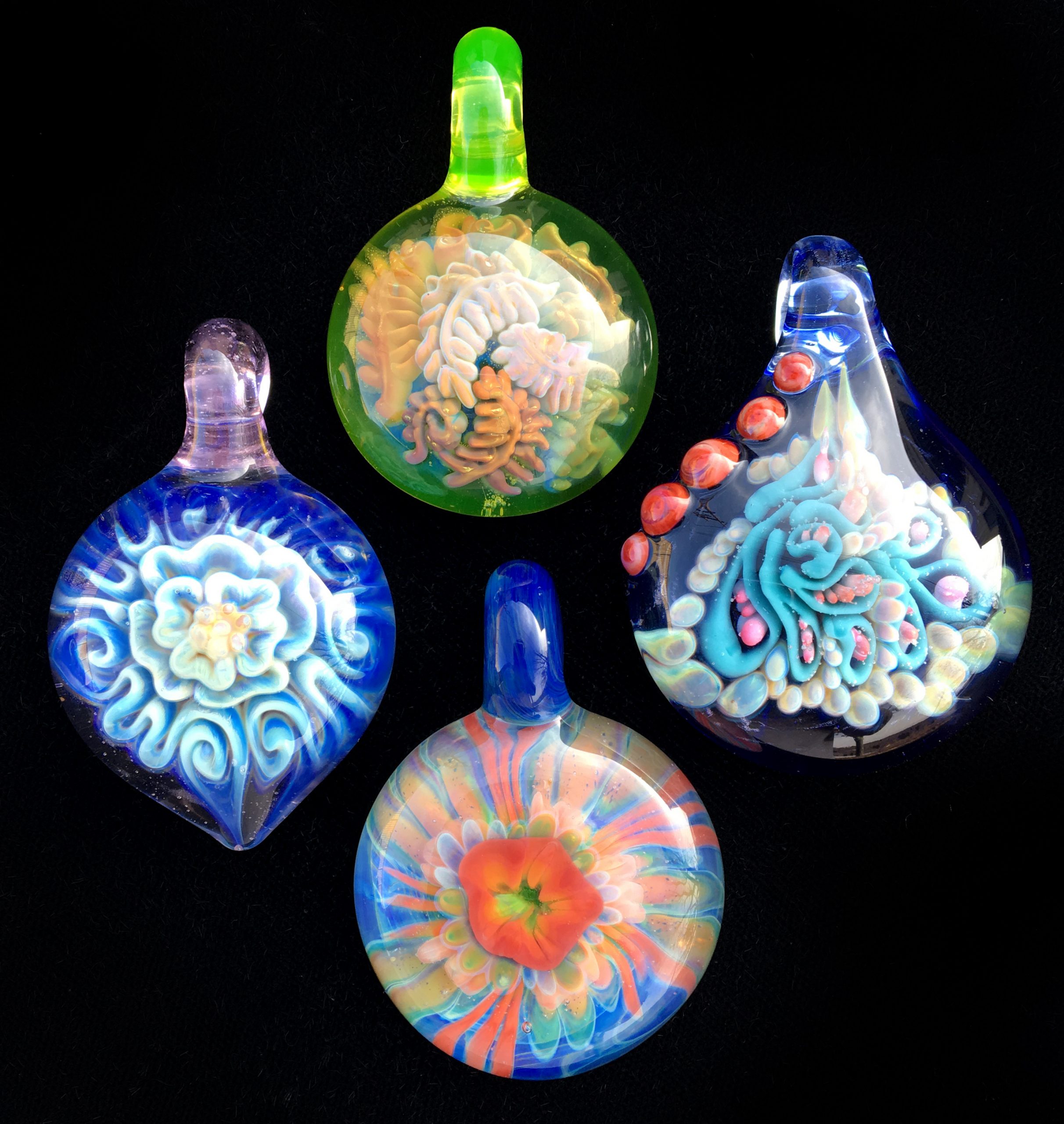

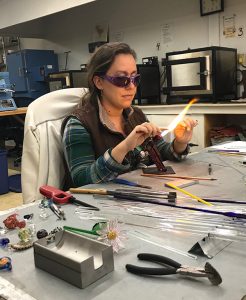

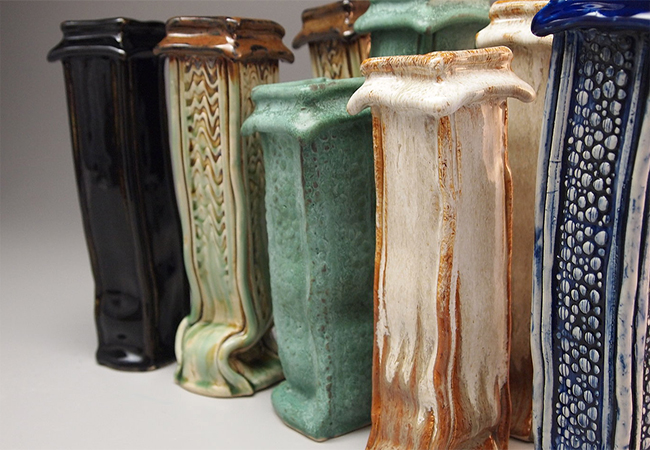
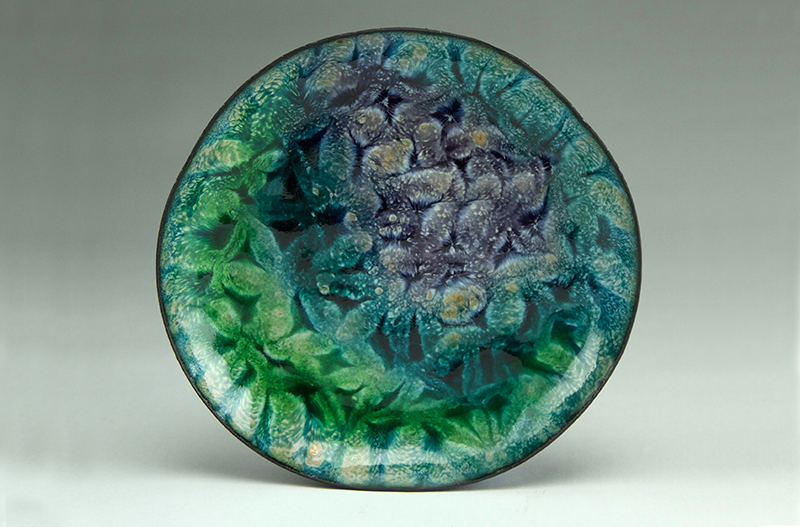
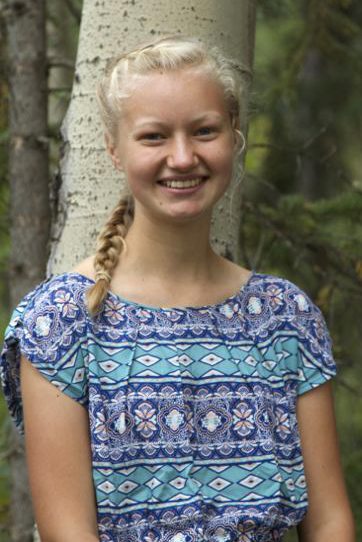
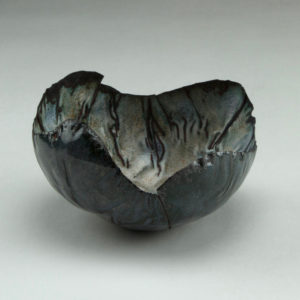
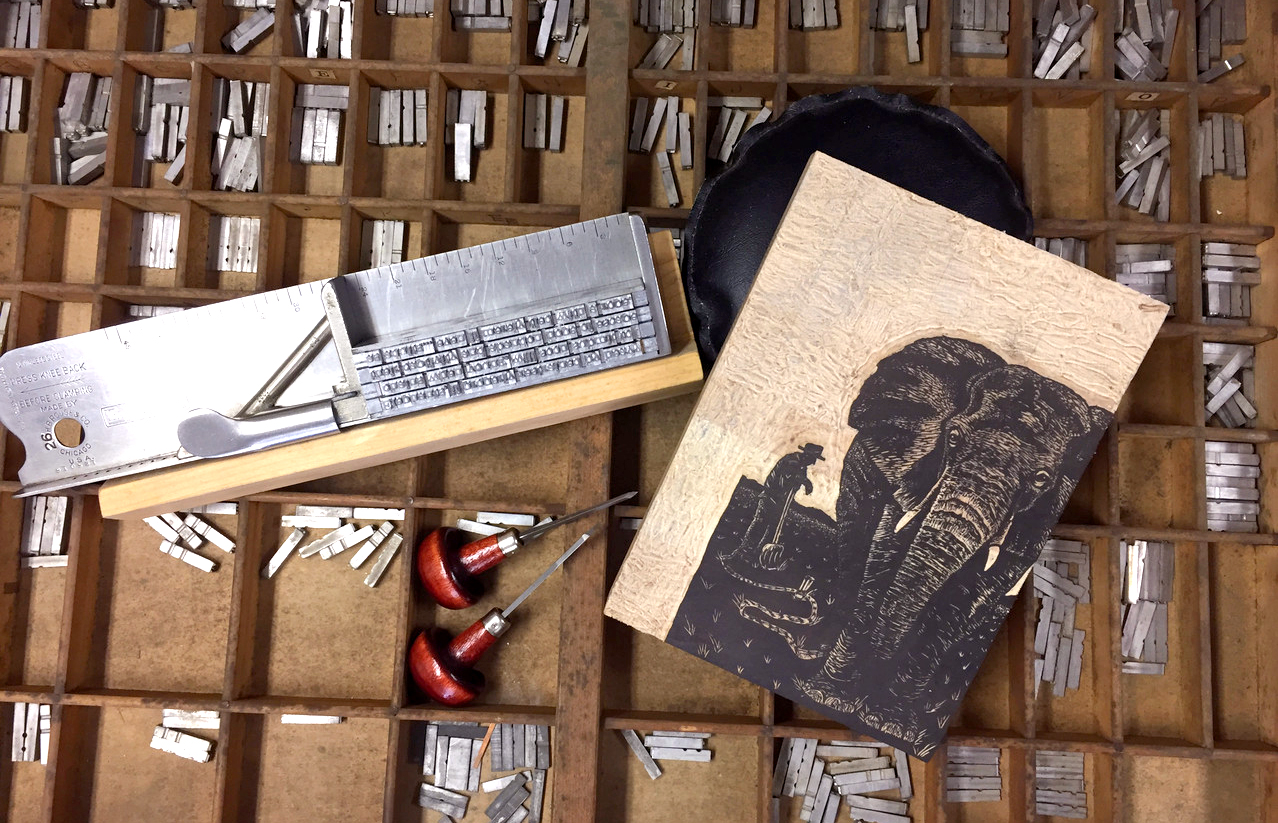
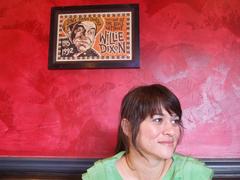
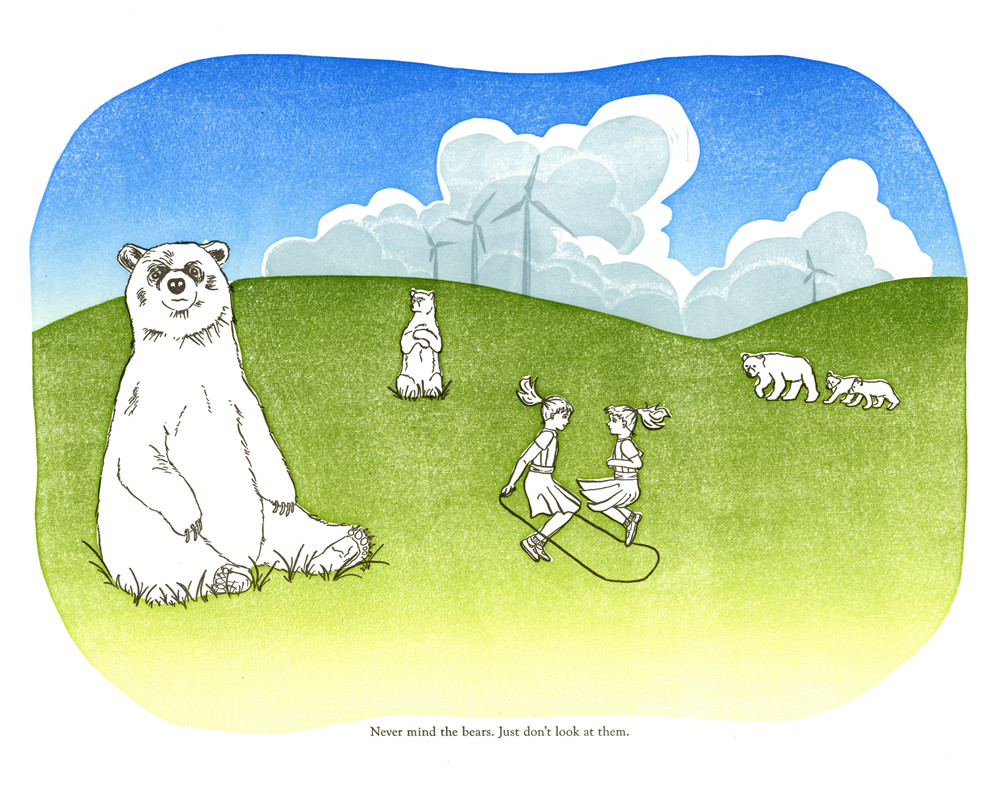
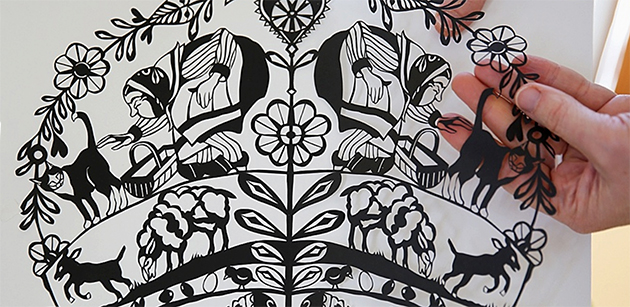
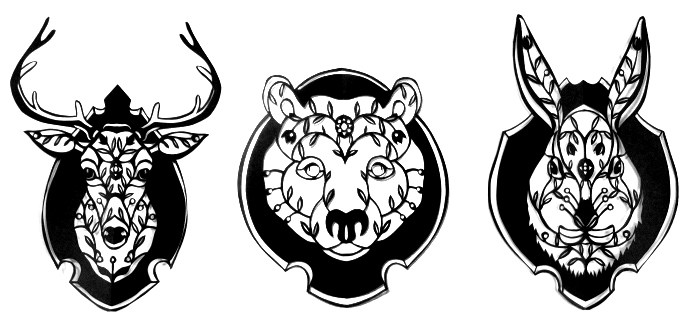
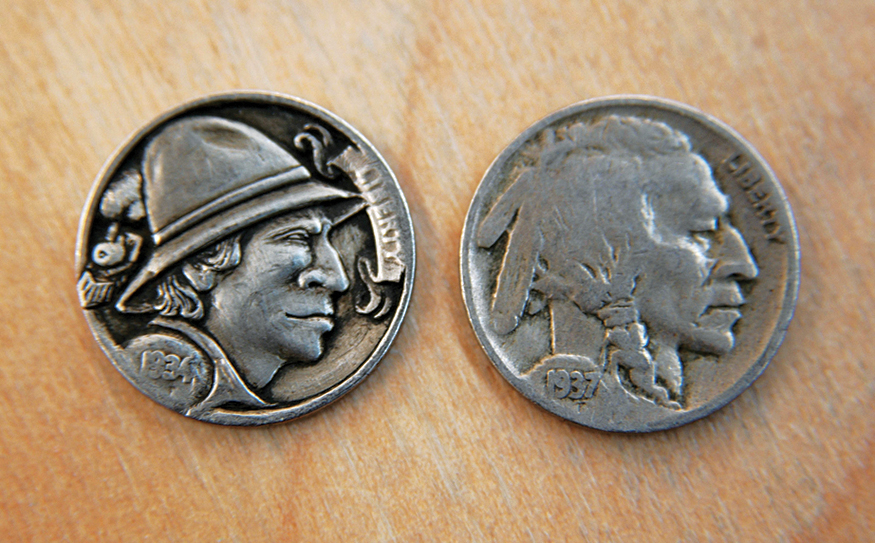
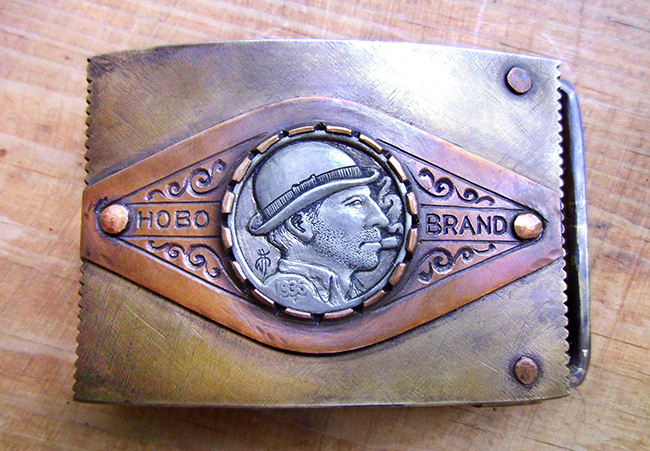 Tom Patterson has been a hand engraver and metalsmith for more than 50 years. Starting in his father's shop at age 14, he has been a lifelong student of metals and their manipulation. Currently, Tom continues his studies from his home studio in the mountains of western NC, where he fabricates artifacts of astonishing peculiarity. Unsure of what a hobo nickel is, I resisted the urge to google and decided to sit down with Tom and find out a bit more about the class. Enjoy our interview!
[caption id="attachment_16076" align="alignright" width="150"]
Tom Patterson has been a hand engraver and metalsmith for more than 50 years. Starting in his father's shop at age 14, he has been a lifelong student of metals and their manipulation. Currently, Tom continues his studies from his home studio in the mountains of western NC, where he fabricates artifacts of astonishing peculiarity. Unsure of what a hobo nickel is, I resisted the urge to google and decided to sit down with Tom and find out a bit more about the class. Enjoy our interview!
[caption id="attachment_16076" align="alignright" width="150"]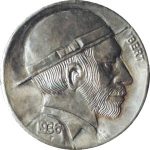 Hobo nickel by renowned original era carver Bertram "Bert" Wiegand[/caption]
CP: What is a hobo nickel?
TP: It’s a modified Indian Head Buffalo nickel and the profile of the Indian or the buffalo on either side has been modified to be something else. It was commonly used by hobos during the Great Depression to increase the value of a nickel. They could trade it for a ride, buy a meal, or buy off a train cop. People started liking hobo nickels and then coin collectors start to collect hobo nickels. Some of nickels created by carvers during the Depression Era became so valuable that modern people, who had some engraving ability, began to buy nickels from coin dealers to copy and counterfeit these original hobos. The counterfeit artist would get the big bucks for their “collectable” nickel. They were discovered, and instead of being discredited, they were celebrated and collected for their own abilities. So today, even though it is definitely a niche, there are a lot of hobo nickel carvers. One of the famous carvers, he had this little kit, or box, of his handmade tools, and it went to auction a few years back and it sold for $9000. The old original nickels are worth thousands of dollars now and some of the new nickels are worth a lot of money too.
Hobo nickel by renowned original era carver Bertram "Bert" Wiegand[/caption]
CP: What is a hobo nickel?
TP: It’s a modified Indian Head Buffalo nickel and the profile of the Indian or the buffalo on either side has been modified to be something else. It was commonly used by hobos during the Great Depression to increase the value of a nickel. They could trade it for a ride, buy a meal, or buy off a train cop. People started liking hobo nickels and then coin collectors start to collect hobo nickels. Some of nickels created by carvers during the Depression Era became so valuable that modern people, who had some engraving ability, began to buy nickels from coin dealers to copy and counterfeit these original hobos. The counterfeit artist would get the big bucks for their “collectable” nickel. They were discovered, and instead of being discredited, they were celebrated and collected for their own abilities. So today, even though it is definitely a niche, there are a lot of hobo nickel carvers. One of the famous carvers, he had this little kit, or box, of his handmade tools, and it went to auction a few years back and it sold for $9000. The old original nickels are worth thousands of dollars now and some of the new nickels are worth a lot of money too. 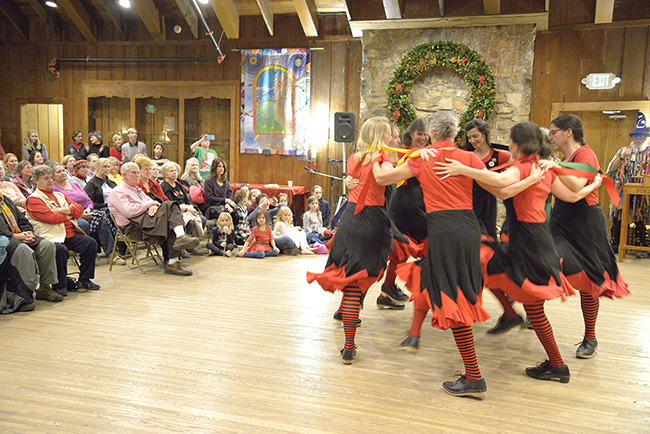
 Children make cookies for the Holiday Kids Party[/caption]
The month of December is a special time at the Folk School. Events, parties, food, themed classes, concerts, dances and performances unite the community in the holiday spirit. When the wreaths, garlands, and handcrafted ornaments appear in early December, we know the magic of the season has arrived. Recently, I connected with Nanette Davidson, our longtime decorating maven and mastermind, to ask about holiday traditions at the Folk School. Enjoy our interview!
[caption id="attachment_15944" align="alignright" width="228"]
Children make cookies for the Holiday Kids Party[/caption]
The month of December is a special time at the Folk School. Events, parties, food, themed classes, concerts, dances and performances unite the community in the holiday spirit. When the wreaths, garlands, and handcrafted ornaments appear in early December, we know the magic of the season has arrived. Recently, I connected with Nanette Davidson, our longtime decorating maven and mastermind, to ask about holiday traditions at the Folk School. Enjoy our interview!
[caption id="attachment_15944" align="alignright" width="228"] Nanette in the Cooking Studio[/caption]
CP: When does the holiday season begin for you?
ND: Well, I think about this off and on through out the year, planning simple projects for the winter holiday season and for spring's May Day and June's Auction Gala sometimes many months in advance. I have asked for help from other artists and dancers in the community to generate handmade decorations including giant puppets for parades. Jan and I love the seasonal celebrations that come from many rural, agricultural communities. When you live in the Appalachian countryside where there are distinct perennial landscapes, it's easy to celebrate the beauty of the changing seasons.
CP: What is your favorite Folk School December holiday tradition?
ND: We have so many great parties in December for the local community as well as our students who come in for a week. In the original days of the JCCFS, the student body was closely tied to the community and seasonal events were held to pull everyone together. We still want to include our local community and they are present here at weekly dances and concerts. We have the Old Folks Party, Christmas Dance/Dessert Potluck, New Year's Eve Dance, and the Children's Party when Santa arrives in the BFD Firetruck, sirens wailing. I have always helped with the Children's Party which includes crafts, musical chairs, storytelling, Morris performance, homemade cookies, and live music and dance for the kids. Even though we are an adult school we reach out to our local kids at Christmas and in the summer. More and more show up on the dance floor now. Every child that has a great folk school experience can help us preserve the school for the future.
Nanette in the Cooking Studio[/caption]
CP: When does the holiday season begin for you?
ND: Well, I think about this off and on through out the year, planning simple projects for the winter holiday season and for spring's May Day and June's Auction Gala sometimes many months in advance. I have asked for help from other artists and dancers in the community to generate handmade decorations including giant puppets for parades. Jan and I love the seasonal celebrations that come from many rural, agricultural communities. When you live in the Appalachian countryside where there are distinct perennial landscapes, it's easy to celebrate the beauty of the changing seasons.
CP: What is your favorite Folk School December holiday tradition?
ND: We have so many great parties in December for the local community as well as our students who come in for a week. In the original days of the JCCFS, the student body was closely tied to the community and seasonal events were held to pull everyone together. We still want to include our local community and they are present here at weekly dances and concerts. We have the Old Folks Party, Christmas Dance/Dessert Potluck, New Year's Eve Dance, and the Children's Party when Santa arrives in the BFD Firetruck, sirens wailing. I have always helped with the Children's Party which includes crafts, musical chairs, storytelling, Morris performance, homemade cookies, and live music and dance for the kids. Even though we are an adult school we reach out to our local kids at Christmas and in the summer. More and more show up on the dance floor now. Every child that has a great folk school experience can help us preserve the school for the future.